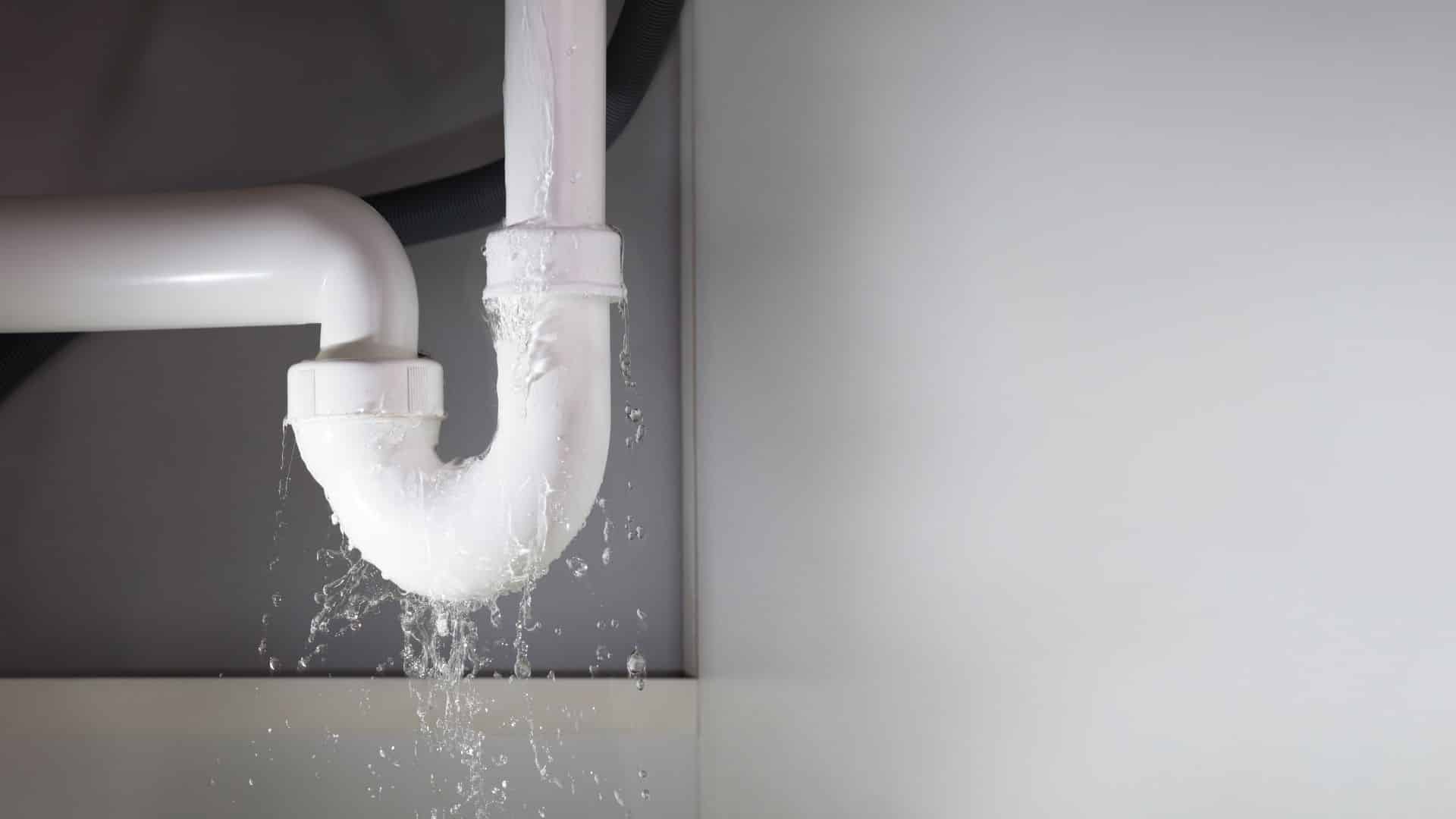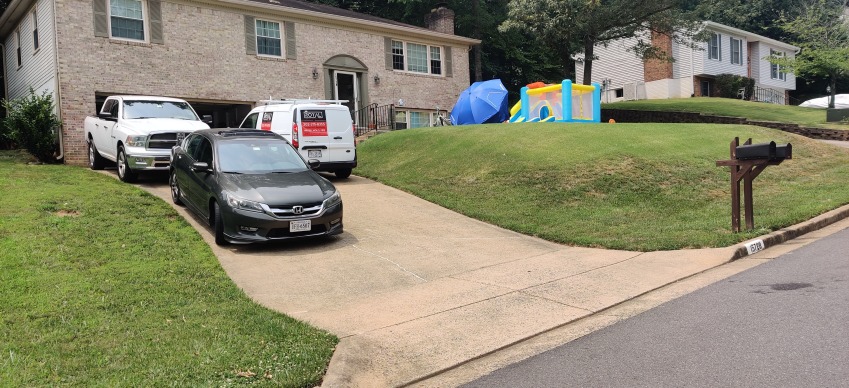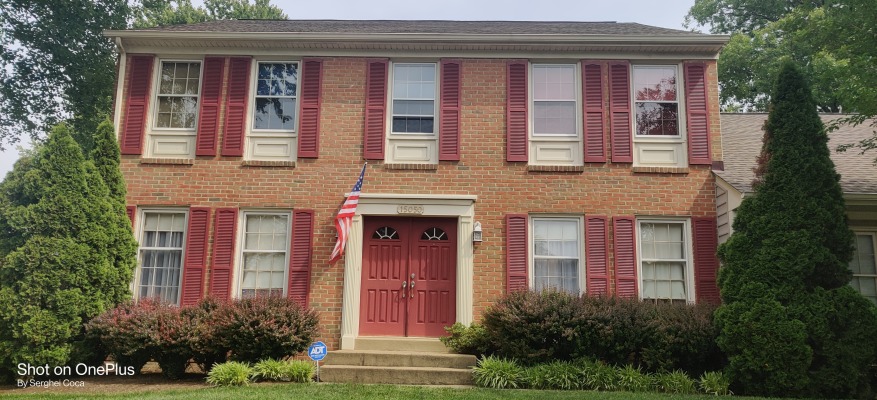Dealing with water damage is both expensive and challenging. It can come from your leaking pipes or flood water. That said, prevention is better than cure to secure your home away from this disaster.
What are the signs of water damage?
Water is powerful since it can penetrate almost all kinds of materials. It can ruin your ceilings, flooring, drywalls, and metal frames. That’s how strong it is. So now, let’s list down some common signs of water damage for you to quickly attend to them.- Bent of deformed floors
- Paints are peeling off
- Water stains on walls and ceilings
- Walls are sagging
- Musty odor
- Dripping water from the ceiling
What are the reasons for water damage to your home?
Are you wondering where those waters are coming from? Could it be from your ceiling? Your walls? Or, from your bursting pipe? The best way to know is for you to make a quick inspection. But here are some of the possible causes of water damage:- Thunderstorm
- Flood water going inside the house through the basement
- Leaking water pipe or a broken dishwasher
- There are cracks in the walls
- Damaged roof or shingles
- Problematic HVAC system
- The drainage system is not working
What are effective tips to prevent water damage to your home?
Prevention is better than cure. It saves you more money and time in preventing this incident from happening, rather than solving it, right? Our professionals at Royal Restoration have brainstormed and come up with the following tips for your water damage protection.Tip 1: Check and reinforce the waterproofing coat applied to your basement
The basement is the common cause why water can go inside your house. When a thunderstorm comes, flood water can easily seep through your basement if it hasn’t been resealed properly. That said, you need to check and apply the water sealant again if necessary.Tip 2: Ensure the drain is elevated away from your house
The elevation of your drainage must be directed away from your house. That way, even if the water level rises outside, it won’t easily reach your house perimeter.Tip 3: Install a backwater valve on your basement
This is a rare option to have, yet would be a smart move if viable. Try to inspect your house and ask assistance from an engineer or a plumber, if it’s possible for you to install a backwater valve. This allows gray or flood water to go out of the house without the chance of backflow. If you include this before making your house or renovating your basement, that would be great.Tip 4: Check your dishwasher, tub, and shower
These are the appliances or areas where water leaking could come from. That said, inspecting them every year is a must for homeowners. Below are specific things you can do to prevent water damage:- Make sure you have an emergency valve to release extra pressure on your plumbing system. This helps avoid the bursting of your pipes.
- Inspect the water hose of your appliances and see if there are no cracks or leaks. You may also want to invest in an alarm system for monitoring water leaking.
- Check if the water sealant of your tub and shower is still fine.
Tip 5: Check your house exterior and seal off cracks right away
If your house has been outdated for five to ten years, there’s a chance that some areas there have cracks. Here are the common areas you need to check:- Windows
- Downspouts
- Roof or shingles
- Sprinkler system
- Gutter and drainage
Tip 6: Make sure your gutter is clean and in good condition
Leaves and debris would inevitably accumulate in your gutter. When you let that happen for a longer time, it can cause clogging and water will find its way to go out, thus, expect leaking to happen. If your gutter is clogged up, water won’t flow to your downspouts. It can go to your roof and windows. This can lead to water damage and leaking. To avoid this incident, inspect your gutter once or twice a week. Clear that up with all leaves, twigs, and debris. Also, check if your gutter needs to be replaced or repaired.Tip 7: Repair and seal your windows
Calling a water damage restoration company is your last choice in dealing with water damage. Besides your gutter and downspouts, you also have to check your windows’ water sealants. Eventually, this wears out and you’d have to reseal them again. Here are the basic steps on how to reseal your windows:- Use silicone caulk for resealing your windows. This type lasts longer than acrylic caulks.
- First, you need to clean your windows and the areas where you’ll reseal again. This is to ensure the sealant sticks strongly there.
- Prepare your caulking gun and silicone caulk. Apply a substantial amount to the target areas.
- Use a plastic card to evenly spread out the sealant, so you’ll have a smooth finish outcome.




